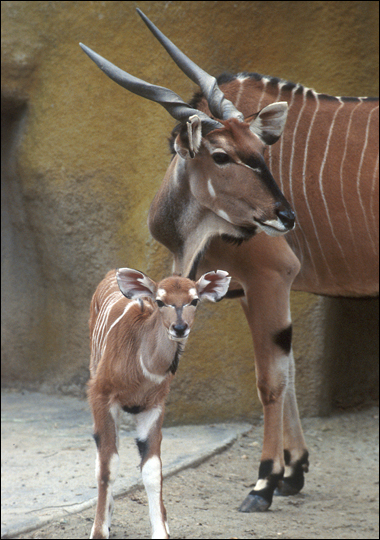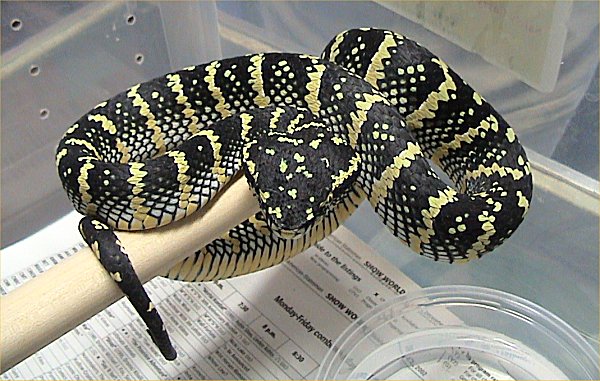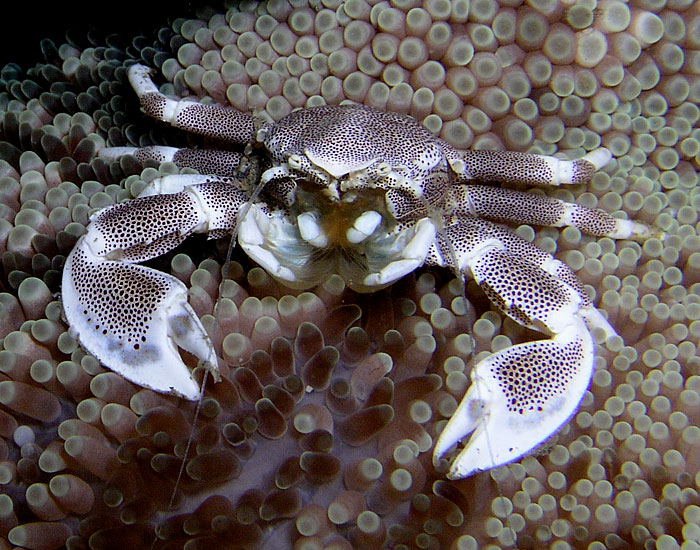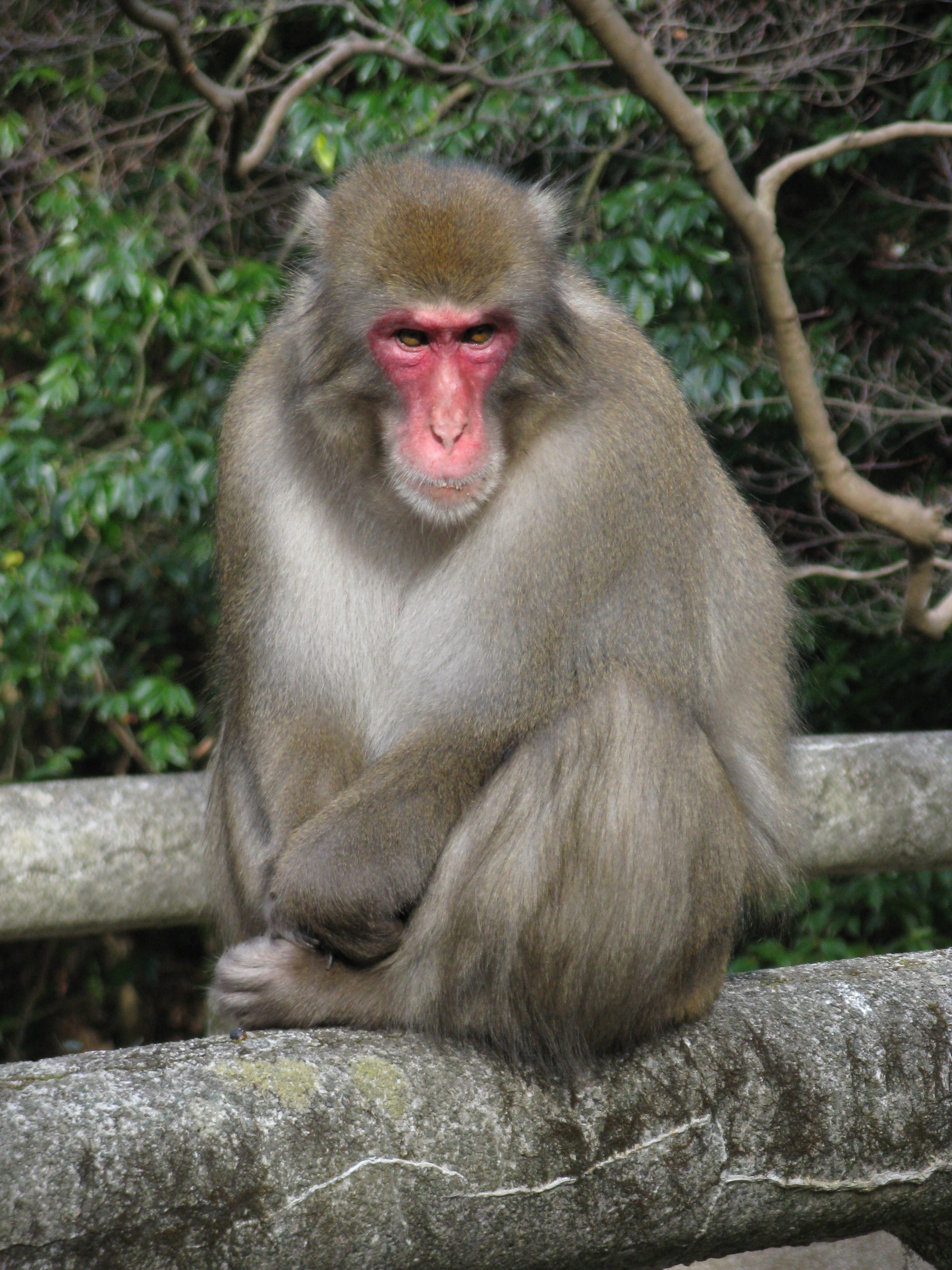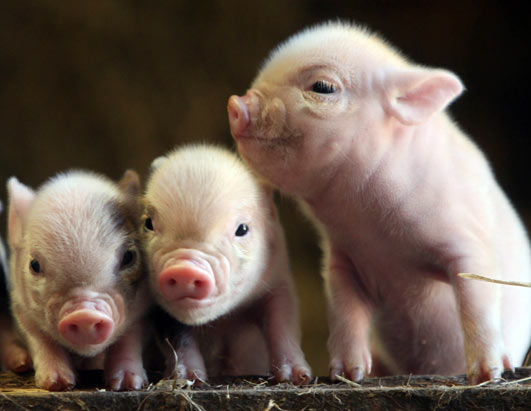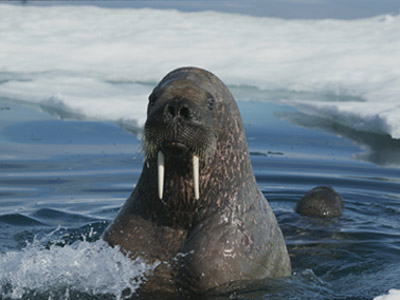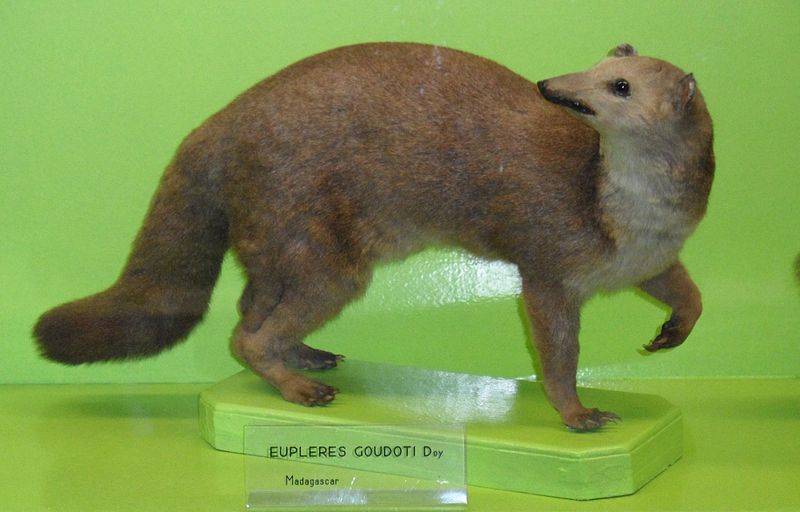
Earlier this week we looked at the beautiful Mongoose Lemur and today we are heading back to Madagascar to see if we can catch a glimpse of a rare mongoose-like animal known as the Falanouc. We can find this solitary animal hanging out in the rain forests in the central and northwestern portions of Madagascar. I can’t promise that we will see one of these odd animals as there are less than 2500 mature individuals remaining on the planet. But if you are up for a challenge, we will go back to the popular and diverse island to learn about the Falanouc.
Regular Dentist Visits
As mentioned the Falanouc is an unusual looking animal with their long and narrow head coupled with a large stocky body and a nice, bushy tail to top it all off. Unlike the Falanouc’s closest living relative, the Malagasy Civet, they don’t have anal glands, or retractible claws. As well, their canines and premolars actually curve backwards, which is an adaptation to eating insects, slugs, worms and larvae. I imagine it would be incredibly tough for this mongoose-like animal to effectively brush behind these backwards teeth.
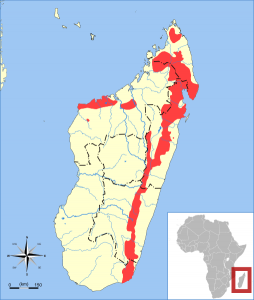
Hard to Find
Earlier I said that I couldn’t promise a sighting of the Falanouc during our visit to Madagascar due to their low population. Well, to make our chances even smaller this particular mammal is also nocturnal, meaning we won’t be seeing them during the day – unless you are snooping through their burrows and/or rocky crevices. The time of year we choose to visit may also play a role in our success rate. During the autumn, the Falanouc will gain weight in their tail, which indicates that they may hibernate throughout the winter. Although, we really don’t know since individuals have been observed during those winter months. I guess there is only one way to find out for sure, right?
On the Decline
So why is the population of the Falanouc on the decline? The usual reasons such as deforestation and the draining of important marsh lands. As well, the introduction of the exotic Indian Palm Civet, may have also impacted their population densities. Luckily, there are a few reserves in which the Falanouc can be found in, which should help protect them from habitat destruction. It is just one more example how humans can disrupt the surrounding ecosystems but with a little bit of education and positive action we can change the fate of many animals, including the Falanouc.

